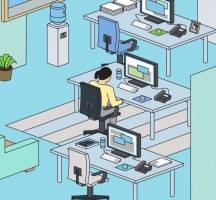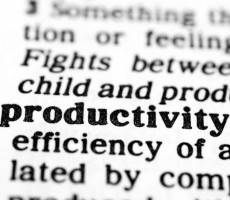August 4, 2016
Connectivity creep is driving more people to switch off their devices 0
 Fifteen million UK internet users have undertaken a ‘digital detox’ in a bid to strike a healthier balance between technology and life beyond the screen, according to a new Ofcom study. The study of around 2,500 people suggests that our reliance on the internet is affecting people’s personal and working lives, leading many to seek time away from the web to spend time with friends and family. Ofcom’s Communications Market Report 2016 finds that one in three adult internet users (34 percent), equivalent to 15 million people in the UK, has sought a period of time offline, with one in ten (11 percent) doing so in the last week alone. Of these digital down-timers, 25 percent spent up to a day internet-free; 20 percent took up to a week off; and 5 percent went web-free for up to a whole month. The most common reasons for taking a time out were to spend more time doing other things (cited by 44 percent) and more time talking to friends and family (38 percent).
Fifteen million UK internet users have undertaken a ‘digital detox’ in a bid to strike a healthier balance between technology and life beyond the screen, according to a new Ofcom study. The study of around 2,500 people suggests that our reliance on the internet is affecting people’s personal and working lives, leading many to seek time away from the web to spend time with friends and family. Ofcom’s Communications Market Report 2016 finds that one in three adult internet users (34 percent), equivalent to 15 million people in the UK, has sought a period of time offline, with one in ten (11 percent) doing so in the last week alone. Of these digital down-timers, 25 percent spent up to a day internet-free; 20 percent took up to a week off; and 5 percent went web-free for up to a whole month. The most common reasons for taking a time out were to spend more time doing other things (cited by 44 percent) and more time talking to friends and family (38 percent).







 Gensler has announced the results of its Workplace Survey 2016 for both
Gensler has announced the results of its Workplace Survey 2016 for both 

























July 6, 2016
Which aspects of workplace design are most important to personal wellbeing? 0
by Marc Bird • Comment, Wellbeing, Workplace design
(more…)